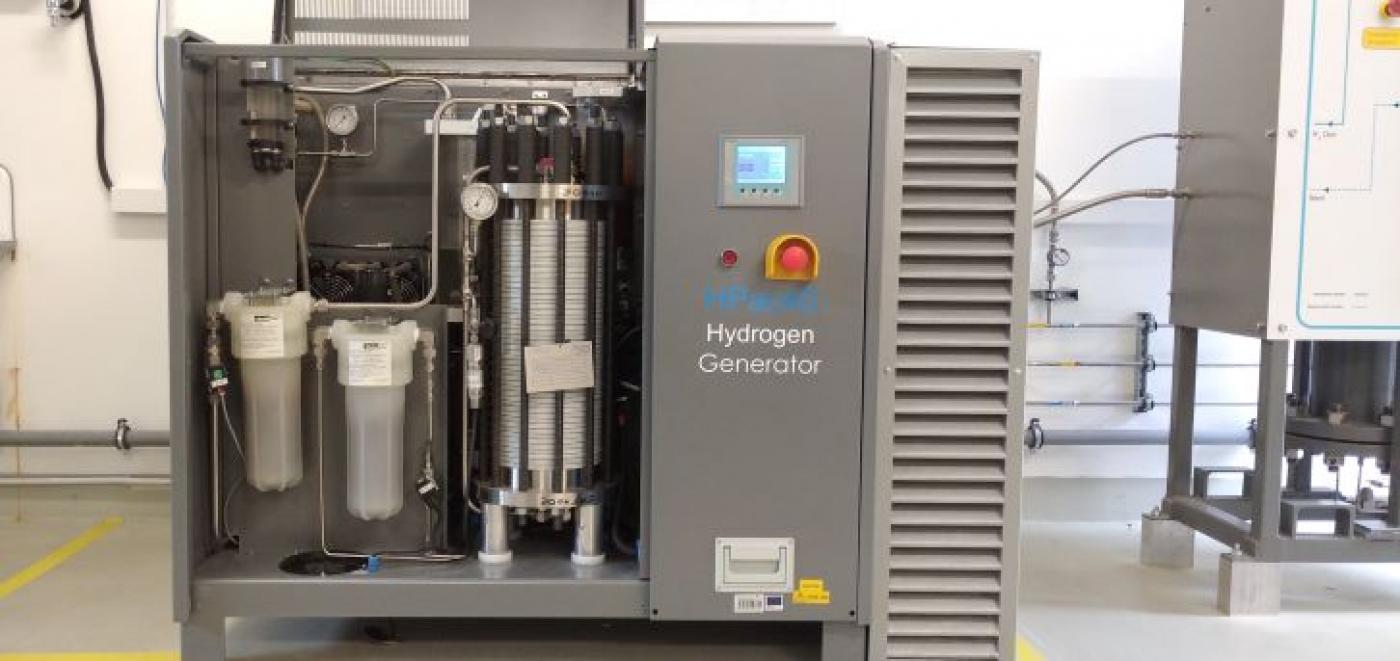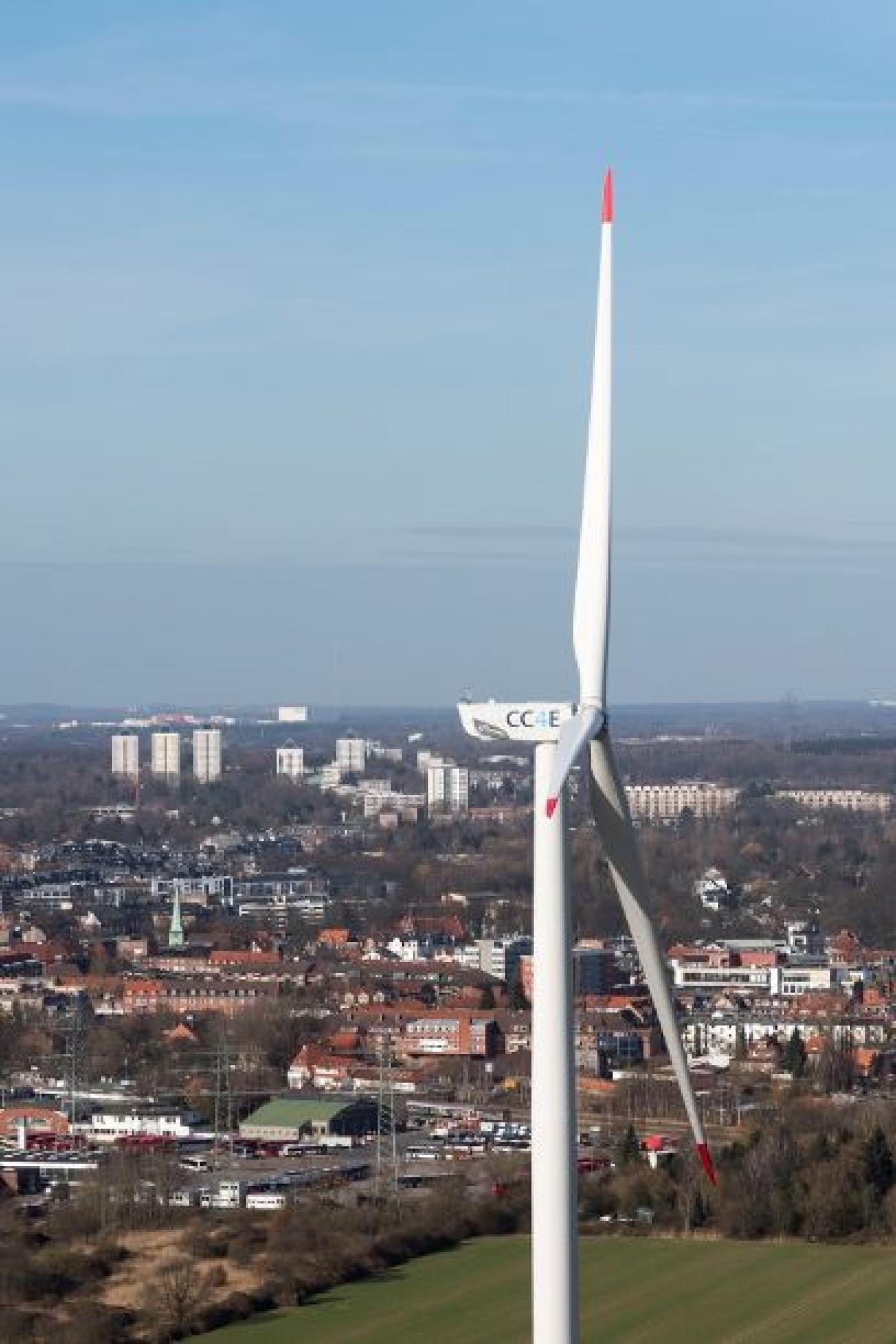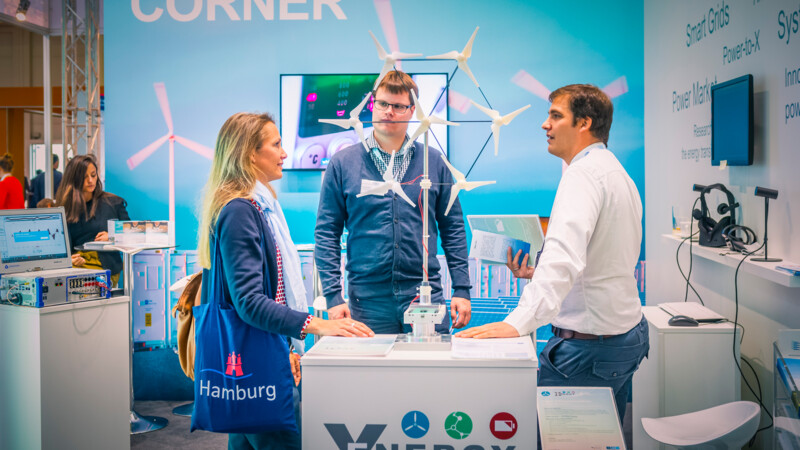North Germany is setting the course for hydrogen to become an energy carrier of the future after the states of Hamburg, Schleswig-Holstein, Mecklenburg-Western Pomerania, Lower Saxony and Bremen agreed last autumn to establish it as a pillar of the energy transition. The strategy hinges on sufficient electrolysis capacities to convert electricity into hydrogen and foresees at least 500 megawatts in northern Germany by 2025 and five gigawatts by 2030.
Five million jobs and EUR 800 billion in annual turnover
The collaboration between northern German states is in accordance with the goals of the German government's national hydrogen strategy. Hydrogen technology combines climate policy aspects, sustainable jobs, new value-added potential and a global market worth billions. The hydrogen industry is forecast to create over five million jobs and an annual turnover of EUR 800 billion by 2050. Around EUR 100 million in annual funds have been earmarked for real-world laboratories concentrating on the energy transition (until 2022) and EUR 650 million for use by the hydrogen industry (until 2024).

Green, blue or grey hydrogen
A distinction is made between green, blue and grey hydrogen. The latter is the most widely used process and is obtained from fossil energy sources - a process which releases CO₂. Blue hydrogen is produced by steam reforming of natural gas. The resulting CO₂ can be captured and stored in depleted gas fields or aquifers and used for chemical processes. Electricity from renewable energies such as wind and sun is used - without releasing CO₂ - to produce green hydrogen with electrolysis.
Replacing coal becoming reality
Electrolysis, i.e. the splitting of water into hydrogen and oxygen is by no means a new process, according to Professor Werner Beba, head of the Competence Center for Renewable Energies and Energy Efficiency (CC4E) at HAW Hamburg. "Even Jules Verne recognized the potential of water as an energy supplier." In his novel "The Mysterious Island", the famous science fiction author wrote that water "broken down by electricity" would replace coal as an energy source. Several research projects are underway at CC4E, an inter-faculty scientific institution at HAW Hamburg, to make this dream a reality and with a view to economic viability.
Hydrogen - versatile and storable
"Green hydrogen is a synthetic gas," said Beba and it can be used for multiple purposes e.g. as an energy storage medium for vehicles with fuel cells, as an admixture to natural gas for heat supply or for operating a gas-fired power station - and gas can be stored easily. "In this way, fluctuations in energy production can be balanced out when the wind is not blowing or the sun is not shining," Beba pointed out.

Establishing a real-world laboratory
However, huge amounts of energy are needed to produce hydrogen with electrolysis. "About ten years ago, there was talk of 40 per cent efficiency whereas today, we're at 70 per cent and our research aims to increase that level." Beba is planning to build a large electrolyser to produce hydrogen at the Curslack Wind Farm in Bergedorf. Commissioned in 2017 with five Nordex N117 wind turbines, the wind farm can supply up to 15,000 households in Hamburg with environment-friendly electricity. Daily research into the supply and grid feed-in of renewable energies will be expanded to include sector coupling with the planned electrolyser.
Driving energy transition ahead
Sector coupling facilitates the use of renewable energy sources indirectly and lowers CO₂ emissions across diverse sectors. A partnership between CC4E and the Fraunhofer Institute for Wind Energy Systems (IWES) foresees building a sector coupling demonstration centre on the Energie-Campus-Bergedorf. "Plans for an application centre called the ‘Integrated Local Energy Systems for Sector Coupling’ (ILES) are also being made with IWES to find the most practical solutions," said Beba.
Northern Germany to get real-world laboratory
CC4E is also planning to set up a joint north German real-laboratory, which would test the overall transformation of the energy system i.e. electricity, transport, heat, industry on a large scale and demonstrate how decarbonisation can be achieved swiftly across all consumption sectors.
Joint NEW 4.0 project
The joint NEW 4.0 project involves 60 project partners including Vattenfall, Siemens Gamesa and Hamburg Airport. The project is among the main catalysts of the energy transition and together the partners hope to supply the model region of Hamburg and Schleswig-Holstein with fully renewable electricity by 2035. Vattenfall, for instance, has operated a hydrogen station that produces up to 750 kilogrammes of hydrogen with electrolysis every day to supply cars and buses in HafenCity, since 2012.

Developing a German hydrogen infrastructure
Shell Deutschland Oil GmbH operates a hydrogen filling station in HafenCity - one of four in Hamburg. Across Germany, 30 are now in operation for its client, H2Mobility, an entrepreneurial initiative that aims to establish a hydrogen infrastructure nationwide. This would in turn lead to increased hydrogen mobility. The Wasserstoff Gesellschaft Hamburg has pursued a similar goal for over 30 years. Founded in 1989, the association promotes hydrogen as the energy carrier of the future in public, and initiates projects and studies, and ensures that tests on the suitability of the technology are carried out.
ys/pb
More
Similar articles

Green Kayak Hamburg launches new season


